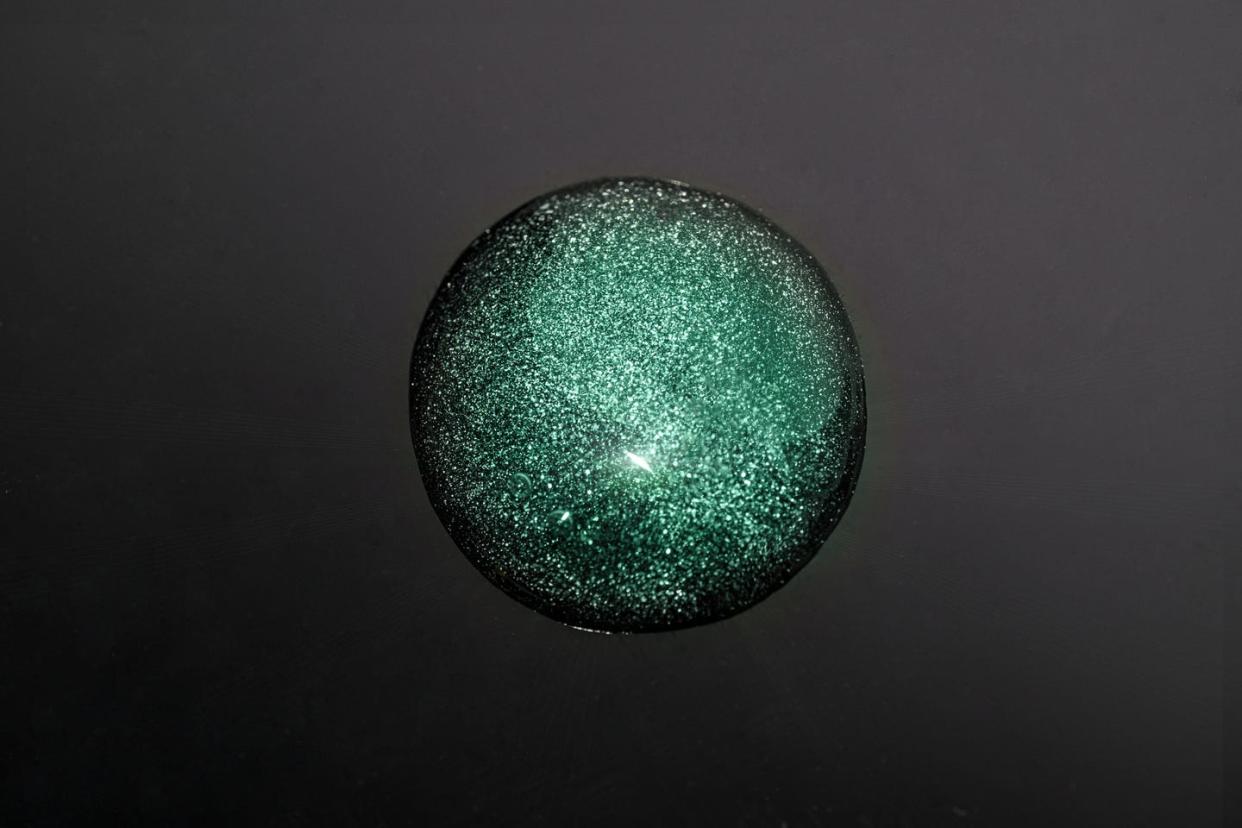4,000 Meters Below Sea Level, Scientists Have Found the Spectacular 'Dark Oxygen'

"Hearst Magazines and Yahoo may earn commission or revenue on some items through these links."
Scattered across an abyssal plain known as the Clarion-Clipperton Zone (CCZ) are polymetallic nodules that are a potato-sized prize for mining companies in search of materials needed for humanity's green energy transition.
A new study analyzing these modules reveals that these rocky lumps are capable of producing “dark oxygen” 4,000 meters below sea level where light cannot reach.
While this discovery could upend our understanding of how life started on Earth, the study also complicates negotiations around deep-sea mining regulations as it showcases how little we really know about the ocean’s depths.
Nestled between Hawaii and the western coast of Mexico lies the Pacific Ocean’s Clarion-Clipperton Zone (CCZ), a 4.5 million-kilometer-square area of abyssal plain bordered by the Clarion and Clipperton Fracture Zones. Although this stretch of sea is a vibrant ecosystem filled with marine life, the CCZ is known best for its immense collection of potato-sized rocks known as polymetallic nodules. These rocks, of which there are potentially trillions, are filled with rich deposits of nickel, manganese, copper, zinc, cobalt. Those particular metals are vital for the batteries needed to power a green energy future, leading some mining companies to refer to nodules as a “battery in a rock.”
However, a new study reports that these nodules might be much more than simply a collection of valuable materials for electric cars—they also produce oxygen 4,000 meters below the surface where sunlight can't reach. This unexpected source of “dark oxygen,” as it’s called, redefines the role these nodules play in the CZZ. The rocks could also rewrite the script on not only how life began on this planet, but also its potential to take hold on other worlds within our Solar System, such as Enceladus or Europe. The results of this study were published in the journal Nature Geoscience.
“For aerobic life to begin on the planet,” Andrew Sweetman, deep-sea ecologist with the Scottish Association for Marine Science and lead author of the study said in a press statement, “there had to be oxygen and our understanding has been that Earth’s oxygen supply began with photosynthetic organisms. But we now know that there is oxygen produced in the deep sea, where there is no light. I think we therefore need to revisit questions like: where could aerobic life have begun?”
The journey toward this discovery began more than a decade ago when Sweetman began analyzing how oxygen levels decreased further into the depths of the ocean. So it came as a surprise in 2013 when sensors returned increased levels of oxygen in the CCZ. At the time, Sweetman dismissed the data as the result of faulty sensors, but future studies showed that this abyssal plain somehow produced oxygen. Taking note of the nodule’s “battery in a rock” tagline, Sweetman wondered if the minerals found in these nodules were somehow acting as a kind of “geobattery” by separating hydrogen and oxygen via seawater electrolysis.
A 2023 study showed that various bacteria and archaea can create “dark oxygen,” so Sweetman and his team recreated the conditions of the CCZ in a laboratory and killed off any microorganisms with mercury chloride—surprisingly, oxygen levels continued rising. According to Scientific American, Sweetman found a voltage of roughly 0.95 volts on the surface of these nodules, likely charging up as they grow with different deposits growing irregularly throughout, and this natural charge is enough to split the seawater.
This discovery adds more fuel to the already-fiery debate over what to do with these nodules. Mining outfits like the Metals Company, the CEO of which coined the phrase “battery in a rock,” sees these nodules as the answer to our energy problems. However, 25 countries want the governing body—the International Seabed Authority (ISA) Council—to implement a moratorium, or at the very least a precautionary pause, so more research can be conducted to see how mining these nodules could affect the ocean. This is especially vital considering that the world's seas are already facing a litany of climate challenges, including acidification, deoxygenation, and pollution.
In response to this discovery, Scripps Institution of Oceanography’s Lisa Levin, who wasn’t involved with the study, highlighted why such a moratorium is so important for protecting these deep-sea nodules in a comment to the Deep Sea Conservation Coalition:
This is an excellent example of what it means to have the deep ocean as a frontier, a relatively unexplored part of our planet. There are still new processes to discover that challenge what we know about life in our ocean. The production of oxygen at the seafloor by polymetallic nodules is a new ecosystem function that needs to be considered when assessing the impact of deep-sea mining. These findings underscore the importance of furthering independent deep-sea scientific research across the global ocean in order to inform deep-ocean policy.
The ISA is still negotiating with key players on deep-sea mining regulations and met for two weeks to discuss new elements of the negotiation in April—that council will operate on a “roadmap for further work” until the end of July 2024.
So while the future of the world’s oceans is approaching a critical moment of conservation or exploitation, science has proven once again that disrupting these ecosystems could have consequences we can’t even imagine.
You Might Also Like

